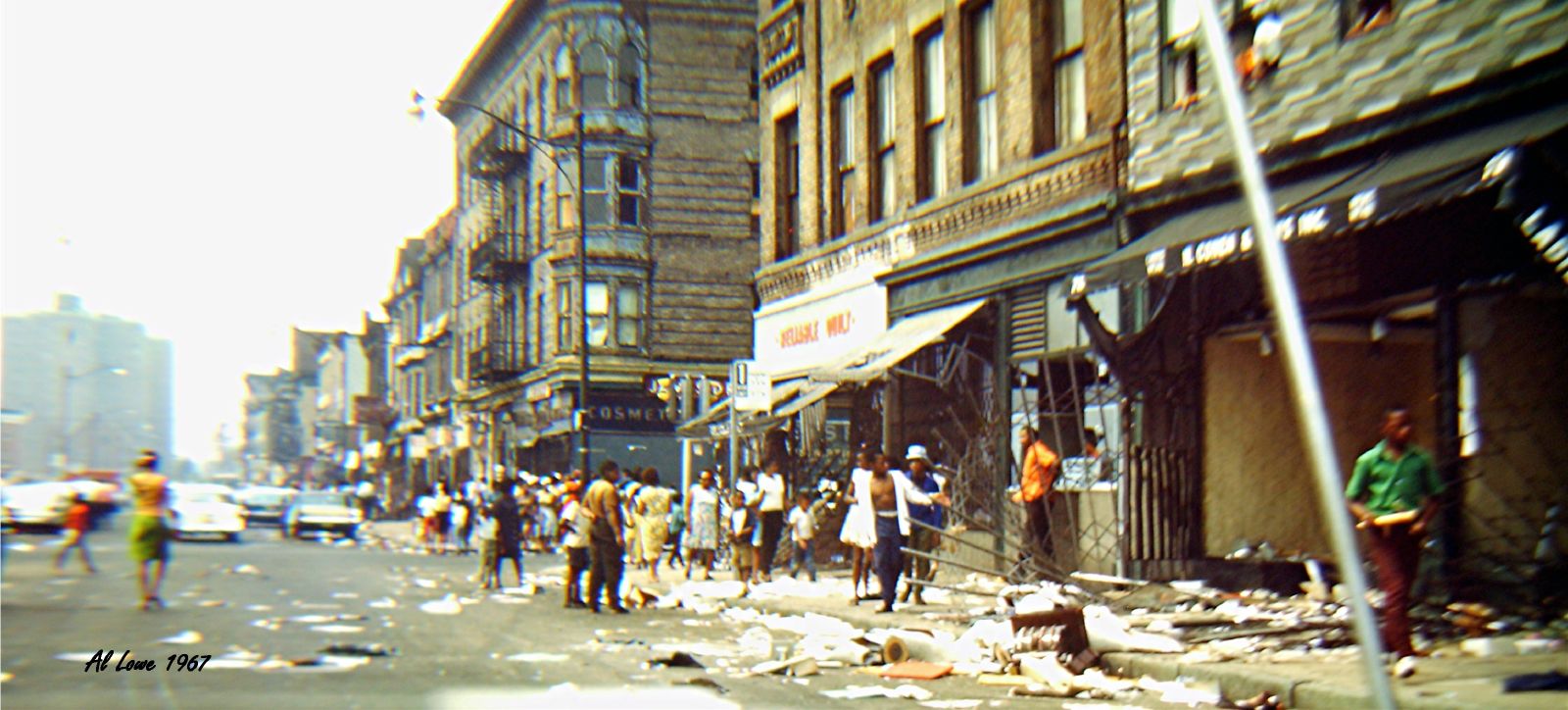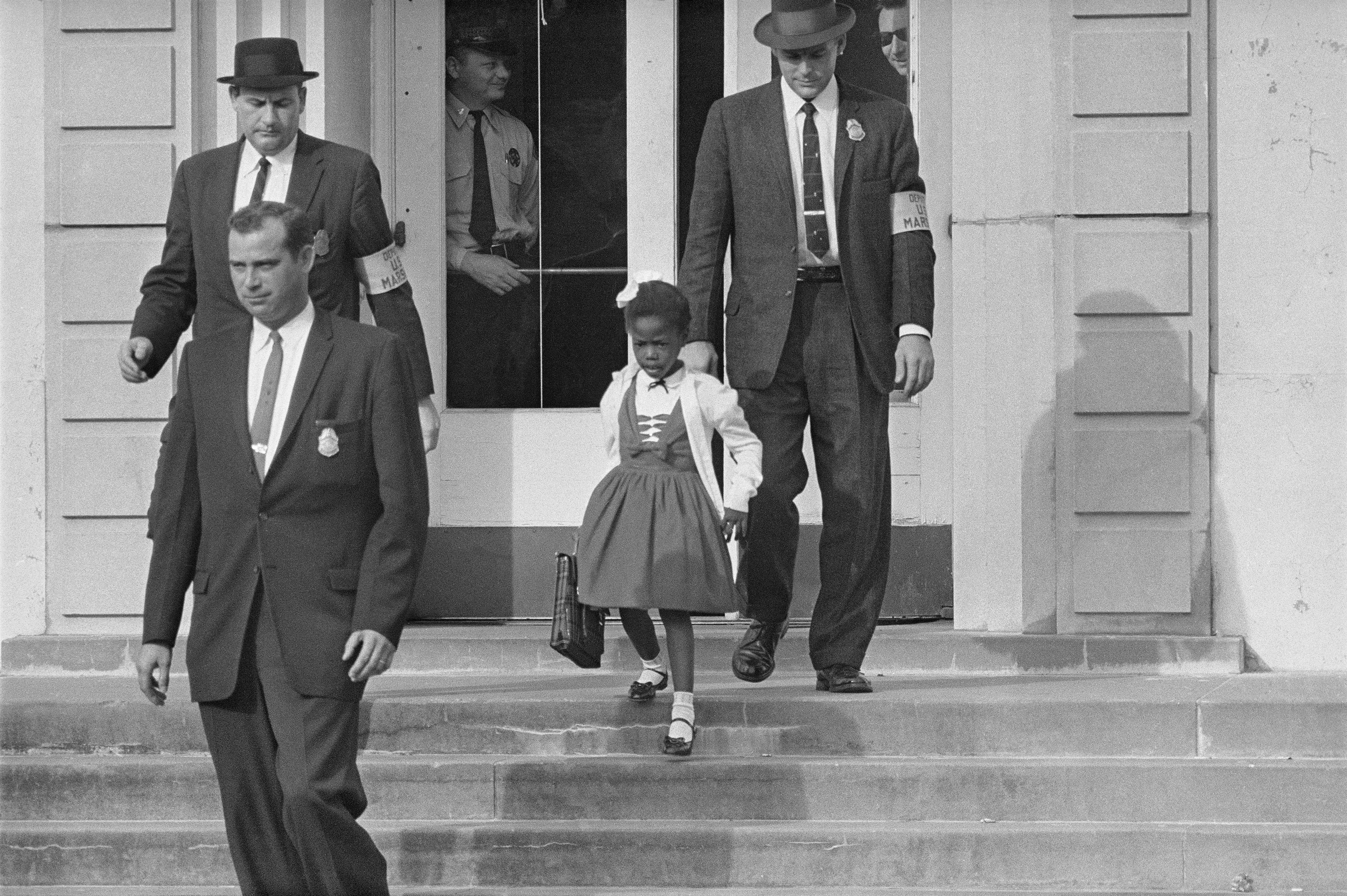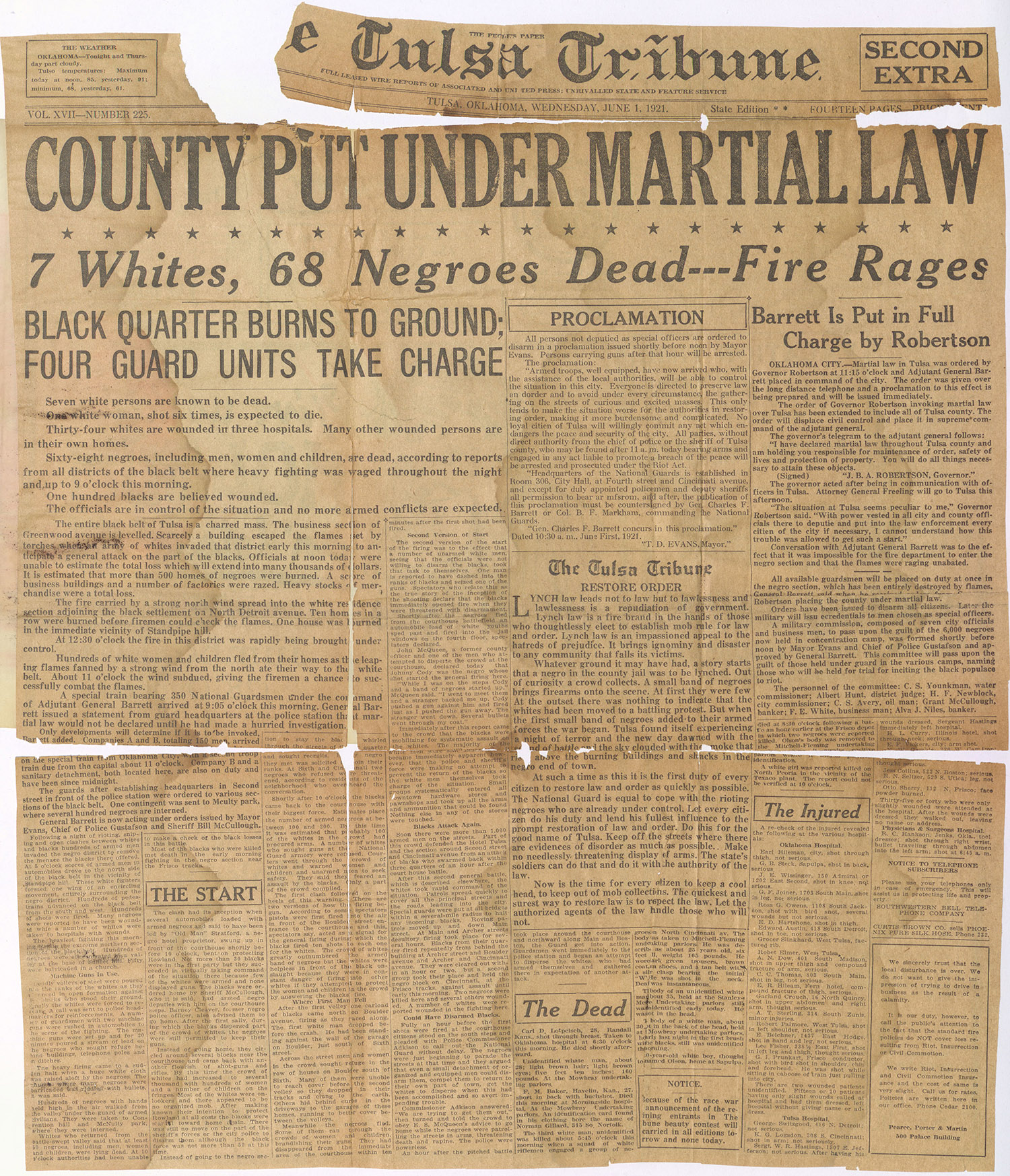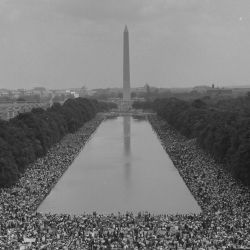

Recommendations for books to be added to our collection are welcome.
What is Black History Month (BHM)? An annual celebration of achievements by African Americans and a time for recognizing their central role in U.S. history. Also known as African American History Month, the event grew out of “Negro History Week,” the brainchild of noted historian Carter G. Woodson and other prominent African Americans. Since 1976, every U.S. president has officially designated the month of February as Black History Month. Other countries around the world, including Canada and the United Kingdom, also devote a month to celebrating Black history. Source: https://www.history.com/topics/black-history/black-history-month


Confrontation between African Americans and police with billysticks at Fulton Street and Nostrand Avenue during the Bedford–Stuyvesant riot of 1964, an extension of the Harlem riot



The Manitou Park School was in existence from 1929-1962 for African American children from the local area of Berkeley Township and South Toms River, NJ. Photograph: Laura Giacobbe, 2023

|
Holding a poster against racial bias in Mississippi in 1956, are four of the most active leaders in the NAACP movement, from left |

William Frantz Elementary School, New Orleans, 1960. "After a Federal court ordered the desegregation of schools in the South, U.S. Marshals escorted a young Black girl, Ruby Bridges, to school."

Black student Elizabeth Eckford is jeered by white student Hazel Bryan as she attempts to enter Little Rock Central High School. This photograph was recommended by the Pulitzer Prize photography jury for the 1958 Pulitzer Prize for Photography, but the Prize board rejected it in favor of "Faith and Confidence".


According to the King Center, the civil rights leader went to jail 29 times. He was arrested for acts of civil disobedience and on trumped-up charges, such as when he was jailed in Montgomery, Alabama, in 1956 for driving 30 miles per hour in a 25-mile-per-hour zone.

Rosa Parks being fingerprinted on February 22, 1956, by Lieutenant D.H. Lackey as one of the people indicted as leaders of the Montgomery bus boycott. She was one of 73 people rounded up by deputies that day after a grand jury charged 113 African Americans for organizing the boycott. This was a few months after her arrest on December 1, 1955, for refusing to give up her seat to a white passenger on a segregated municipal bus in Montgomery, Alabama.

In an effort to help suffering farmers, Congress passed the Agricultural Adjustment Act in 1933 as part of the New Deal. The Act allocated funds for farmers to pay sharecroppers who lived on their land. However, some landowners replaced tenants with day wage laborers by using a loophole, and kept the government money owed to the sharecroppers for themselves. Sharecroppers were evicted from their homes – homes to which they had no rights as owners or renters. In one case in 1939, more than 1,500 men, women, and children piled their belongings along Missouri’s Highway 60 to protest the harmful effects of the policy. Rothstein, Arthur, 1915-1985, photographer

Shows a segregated water fountain in the American South during the Jim Crow era. Wilmington, NC. 1950. Photographer: Elliott Erwitt

The massacre was widely reported at the time, and records like those displayed here document many facets of the story. Yet, for decades the massacre was rarely mentioned publicly in Tulsa and was omitted from most mainstream American history texts and curricula. Today, active investigations into possible mass graves, inclusion in educational curricula, dramatic depictions in television and film, and other reconciliation efforts are being made to attempt to bring awareness, healing, and closure.
Front Page of the Tulsa Tribune, June 1, 1921. National Archives, Records of the American National Red Cross.

Emmett Till abducted and murdered in the Mississippi Delta - August 28, 1965

Records of the U.S. Information Agency, Record Group 306. National Archives Identifier 542014

Considered one of the most far-reaching pieces of civil rights legislation, the Voting Rights Act, signed into law by President Lyndon B. Johnson, was necessary to remove state and local barriers that prevented African Americans from voting in many southern states after the Civil War.
Act of August 6, 1965, Public Law 89-110, 79 STAT 437, Which Enforced the Fifteenth Amendment to the Constitution of the United States, 8/6/1965. National Archives Identifier 299909

In this ruling, the U.S. Supreme Court stated that slaves were not citizens of the United States and, therefore, could not expect any protection from the Federal Government or the courts.
|
Judgment in the U.S. Supreme Court Case Dred Scott v. John F. A. Sandford, 3/6/1857. National Archives Identifier 301674 |

On May 17, 1954, in Brown v. Board of Education of Topeka (five separate cases consolidated under a single name), the U.S. Supreme Court ruled unanimously that separate but equal public schools violated the 14th Amendment.
Judgement in the Supreme Court Decision for Brown et al. v. Board of Education of Topeka et al., 5/31/1955 National Archives Identifier 596300

This act, signed into law by President Lyndon Johnson on July 2, 1964, prohibited discrimination in public places, provided for the integration of schools and other public facilities, made employment discrimination illegal, and enforced the constitutional right to vote. It was the most sweeping civil rights legislation since Reconstruction.
Civil Rights Act of 1964, 7/2/1964. National Archives Identifier 299891

Armstrong is recognized as one of the leaders of the Harlem Renaissance, a catalyst behind the revival of African American culture in the U.S., and a pioneer who ushered in a new era of jazz music.

Citation: 306-SSM-4D-86-3; Civil Rights March on Washington, D.C. [Aerial view of the crowd assembling with a good view of the Reflecting Pool and the Washington Monument.]; 8/28/1963

This church was a key meeting place during the Civil Rights Movement and the site of a 1963 bombing. It was designated a National Historic Landmark in 2006.
This primary source comes from the Records from the Department of the Interior. National Archives Identifier: 5629789

Citation: Photograph 306-SSM-4D-99-10; Civil Rights March on Washington, D.C.[Author James Baldwin and actor Marlon Brando.]; 8/28/1963.


Records of the U.S. Information Agency, Record Group 306, National Archives Identifier 542044